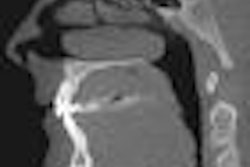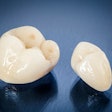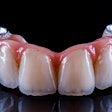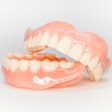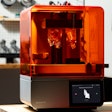Dear Imaging & CAD/CAM Insider,
Two cone-beam CT products introduced at the recent Chicago Midwinter Meeting are addressing two critical issues in cone-beam CT imaging: radiation reduction and image optimization.
Read more about the technology behind the i-CAT FLX from Imaging Sciences International and Gendex's new scatter reduction technology for the GXDP-700 in this latest Imaging & CAD/CAM Insider Exclusive.
In a related story, cone-beam CT image artifacts stemming from patient movement are more common in pediatric and elderly patients, according to an article in Dentomaxillofacial Radiology. The authors offer some suggestions for correcting the problem.
And because incidental findings are more often detected in cone-beam CT imaging, practitioners need to make sure they do a complete review of the entire image to protect themselves from potential medicolegal issues.
In other Imaging & CAD/CAM Community news, if you use Dropbox, YouSendIt, or email to send images and other patient data to your lab or colleagues, you might want to rethink the practice, given the growing emphasis on HIPAA compliance and patient privacy. Maybe it's time to try the cloud.
Meanwhile, an epidemiological study published last April in the journal Cancer prompted a flurry of media coverage and public concern because it claimed to have found a link between frequent bitewing x-rays and increased risk of developing meningioma, a largely benign brain tumor.
At the time, the dental community expressed varying levels of outrage, and the debate is clearly far from over. The January 15, 2013, issue of Cancer featured three letters from members of the dental and oral and maxillofacial radiology communities who questioned the findings and methodology of that April 2012 Cancer study.
And a study published February 13 in the Annals of Oncology concluded that exposure to dental x-rays increases the risk of benign brain tumors but not malignant brain tumors.




